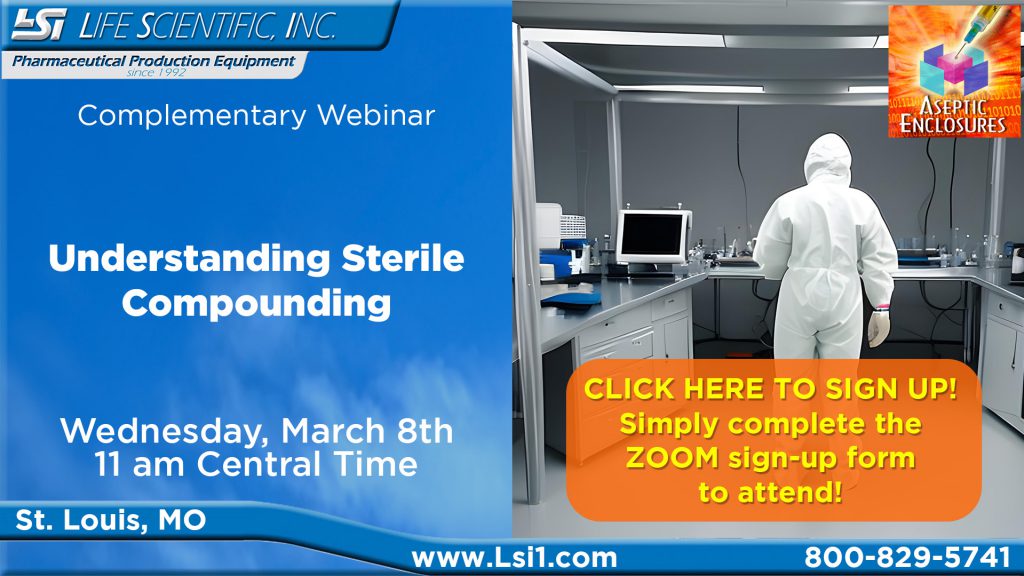There are many complications related to the administration of TPN. Total parenteral nutrition (TPN), also known as parenteral nutrition (PN) is a form of nutritional support given completely via the bloodstream, intravenously with an IV pump.
Catheter-related bloodstream infection (CR-BSI), also known as sepsis are the most common TPN complications. During an inspection by the California State Board of Pharmacy, the inspector stated that the obvious source of the bacteria is the delivery system, which starts at the hub connection, is the spread of bacteria through the bloodstream.
The FDA later did a follow up article that focused on the Strict adherence to aseptic technique with insertion, care, and maintenance. It is notable to state that the FDA did not relate the forming of the bacteria and its administration to poor aseptic technique during insertion, care, or maintenance of central line or peripheral line. The FDA takes it from the home and healthcare settings delivery where in the first setting there is less likely trained personnel that is trained to maintain a higher aseptic technique levels, and in the Hospital settings where the IV is administered by trained professionals, there isn’t a significant difference in the number of complications related to TPN administration.
The California State BoP, bolstered by FDA inspection generals did a little more research on this field only to discover that poor aseptic technique was present in the facility but not in the administration and delivery segment, but in the preparation of the IV bags used for TPN. They discovered that the pharmacy technicians were over confident in the capabilities of the automated TPN compounders that were used to prepare the IV mix. They weren’t following proper written procedures for TPN preparation and constantly differed from the aseptic procedures protocols. They ended up with a recommendation to bolster the guides for proper aseptic processes, which is a pretty common response since the Meningitis outbreak in 2012.
In an article we published a couple of months ago, we took a deeper look in all TPN preparation procedures that have been caught by inspection officials in the past few years.
As we see it, the FDA and the State BOPs haven’t been successful in lowering the number of complications that might have serious impact on patient’s health. However, after our experts investigated the pharmacy compounding segment, we have developed a solution that completely eliminates the cause of all contamination sources for the TPN compounding process in Healthcare environment.
Our Newly developed custom enclosure, part of the newly introduced XLTC series that is designed specially to eliminate all of the previously specified aseptic risks. Our product houses the TPN inside of a positive pressure isolator and a custom made enclosure with a pass through chamber that ensures that the equipment does not affect the airflow inside the engineering controls chamber.
Our XLTC TPN Enclosure eliminates all risks that are related to its position in the open hood as well as improving the overall usability of the machine. The Aseptic Enclosures TPN Compounding Isolator completely eliminates all risks from particulate air and touch contamination of the system, and strongly improves personnel safety by placing a barrier between the pharmacy technicians and the compounding process that is carried out by the TPN compounder. By having the machinery sitting in an isolator we are reducing the risks related to aseptic processing, eliminating the sources for touch contamination and improve the Uni-Directional First Air.
The Aseptic Enclosures XLTC TPN Compounding Isolator is a serious aseptic improvement to your parenteral nutrition preparations. It should be considered as a necessity in all future installs of such a compounding equipment and made a mandatory upgrade for machines currently in operation.
To learn more about our XLTC Isolation series please contact our Pharmacy Project Team at 800.418.9289

